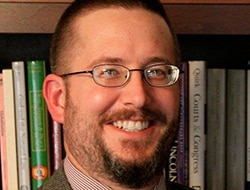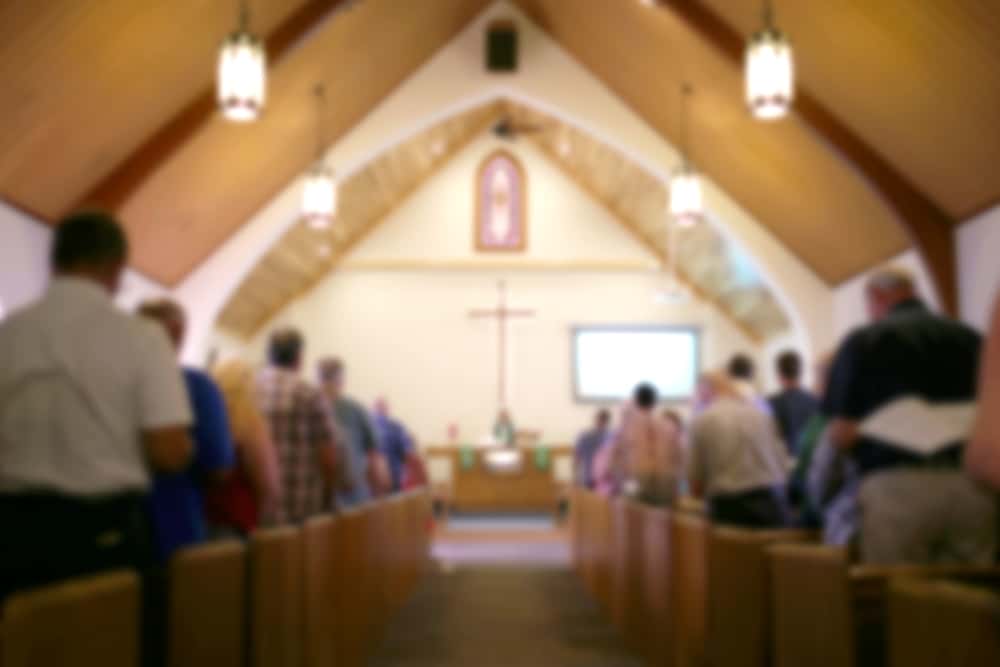
Here in northeast Indiana, it’s still a little early to plant most things. Less than normal snowfall this winter and fewer early spring rains mean that the fields will be easier to plow and to sow when the time does come. In the current crisis, that’s one bright spot — and we need as many as we can get.
Traditionally, the Catholic Church marked the spring planting season with the Rogation Days, which the Catholic Encyclopedia notes were “Days of prayer, and formerly also of fasting, instituted by the Church to appease God’s anger at man’s transgressions, to ask protection in calamities, and to obtain a good and bountiful harvest.” Fifty years ago, in the revision of the liturgical calendar that accompanied the introduction of the Mass of Pope St. Paul VI (the Ordinary Form of the Roman Rite), the Rogation Days were set aside.
This might be a good year to revive them.
April 25, the feast of St. Mark the Evangelist, was known as the Major Rogation Day. There were three Minor Rogation Days, celebrated on the Monday, Tuesday, and Wednesday before Ascension Thursday (May 18 through 20 in 2020). The word “rogation” comes from the Latin rogare, which means “to ask.” The entire parish would come together to ask God to pardon their sins, to save them from famine, plague and drought, and to provide a successful harvest.
The Rogation Days were marked by the recitation of the Litany of the Saints, which would normally begin in or at a church. After St. Mary was invoked, the congregation would proceed to walk the boundaries of the parish, while reciting the rest of the litany (and repeating it as necessary or supplementing it with some of the penitential or gradual psalms). Thus the entire parish would be blessed, and the boundaries of the parish would be marked. The procession would end with a Rogation Mass, in which all in the parish were expected to take part.
The Rogation Mass, alas, is not something most of us could celebrate this year (if the Rogation Days were still around). But a procession and a litany — those could still be accomplished in our era of social distancing. As many members of Sts. Peter and Paul parish here in Huntington today stood outside of the rectory and sang “Happy Birthday” to our pastor, Father Tony Steinacker, that thought crossed my mind, and it was reinforced a little later as I took a run past some of the smaller plots of farmland on the city’s southwest side.
Some of the older practices of our Catholic Faith seem suddenly relevant once again. As churches reopen, attendance at public Masses will likely be restricted in order to maintain social distancing. Wouldn’t it be both interesting and a potential means of evangelization to revive public processions and prayers outside, addressing God for all the world to see?
Scott P. Richert is publisher for OSV.





